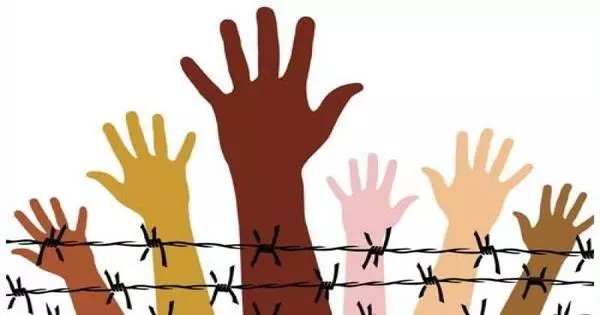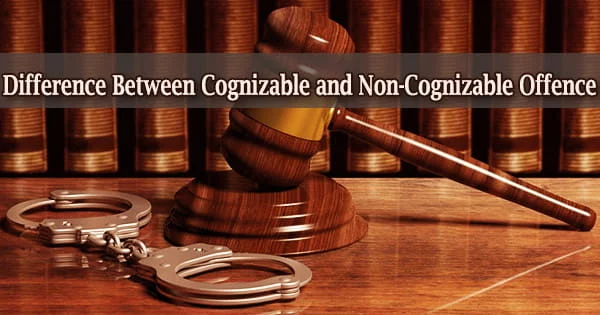International human rights law (IHRL) is a body of international law aimed at promoting human rights on social, regional, and national levels. It is a body of international law that establishes individuals’ and governments’ rights and responsibilities in relation to human rights. International human rights law is primarily composed of treaties, agreements between sovereign states that are intended to have binding legal effects between the parties who have agreed to them, and customary international law.
International Human Rights Law includes a variety of treaties, conventions, declarations, and principles of customary international law. While not legally binding, other international human rights instruments contribute to the implementation, understanding, and development of international human rights law and have been recognized as a source of political obligation. It establishes a framework for the protection and promotion of all individuals’ fundamental rights and dignity, regardless of nationality, ethnicity, gender, religion, or other characteristics.
Although the two branches of law are complementary and overlap in some ways, international human rights law, which governs a state’s conduct towards its people in peacetime, has traditionally been seen as distinct from international humanitarian law, which governs a state’s conduct during armed conflict.
Here are some key aspects and instruments related to International Human Rights Law:
- Universal Declaration of Human Rights (UDHR): Adopted by the United Nations General Assembly in 1948, the UDHR is a foundational document that outlines the fundamental human rights to which all people are entitled. It covers civil, political, economic, social, and cultural rights.
- International Covenant on Civil and Political Rights (ICCPR): This treaty, adopted in 1966, focuses on civil and political rights, including the right to life, freedom of speech, and the right to a fair trial.
- International Covenant on Economic, Social and Cultural Rights (ICESCR): Adopted alongside the ICCPR in 1966, this treaty addresses economic, social, and cultural rights, such as the right to work, education, and health.
- Convention on the Elimination of All Forms of Discrimination Against Women (CEDAW): This treaty, adopted in 1979, aims to eliminate discrimination against women and ensure their full participation in all aspects of life.
- Convention on the Rights of the Child (CRC): Adopted in 1989, this treaty outlines the rights of children and sets out specific obligations for states to protect and promote those rights.
International Human Rights Law is enforced through mechanisms such as state reporting, treaty body oversight, and international courts and tribunals such as the International Court of Justice (ICJ) and the International Criminal Court (ICC). Non-governmental organizations, advocacy groups, and civil society all play important roles in human rights monitoring and promotion.
International Human Rights Law seeks to ensure that states respect, protect, and fulfill the human rights of individuals under their jurisdiction, and that violations are held accountable. It represents a significant global effort to promote and protect every person’s inherent dignity and worth.
















